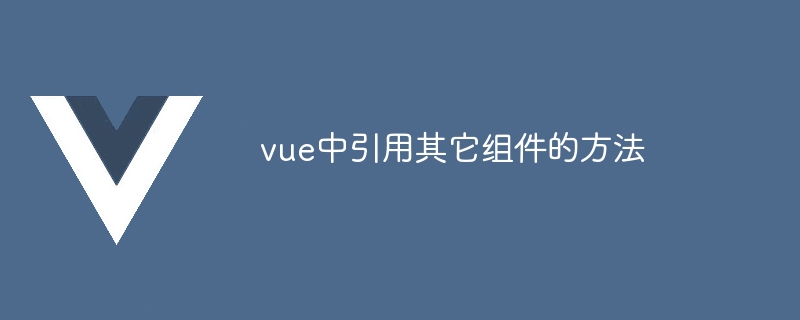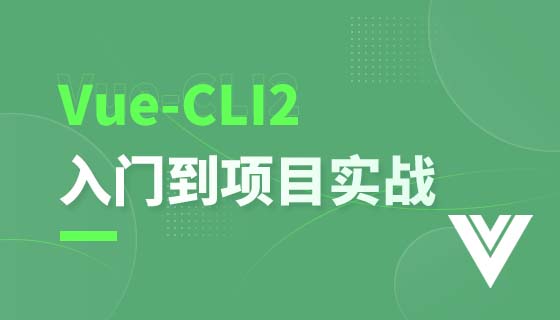在 Vue 中,引用其他组件的方法包括:使用 <component> 标签、插槽、scoped 插槽、事件和 refs。

在 Vue 中,引用其他组件有多种方法,具体取决于组件的声明方式和使用场景。
1. 使用 <component> 标签
这是引用组件的最直接方法,允许在父组件中直接使用子组件。语法如下:
<code class="html"><component :is="componentName"></component></code>
其中,componentName 是子组件的名称或组件对象。
立即学习“前端免费学习笔记(深入)”;
2. 使用插槽
插槽可以将子组件内容插入到父组件布局中的特定位置。在父组件中使用插槽语法:
<code class="html"><my-component> <p>这是插槽内容</p> </my-component></code>
在子组件中使用 slot 指令指定插槽内容的位置:
<code class="html"><template>
<div>
<slot></slot>
</div>
</template></code>3. 使用 scoped 插槽
scoped 插槽允许在父组件中创建子组件的局部作用域。在父组件中使用 scoped 插槽语法:
<code class="html"><my-component>
<template #scoped-slot="{ prop }">
<p>{{ prop }}</p>
</template>
</my-component></code>在子组件中使用 scoped 指令将插槽转换为 scoped 插槽:
<code class="html"><template scoped>
<div>
<slot></slot>
</div>
</template></code>4. 使用事件
事件可以用于在组件之间进行通信。在子组件中使用 $emit 方法触发事件:
<code class="javascript">this.$emit('my-event', data);</code>在父组件中使用 v-on 指令和事件名称侦听事件:
<code class="html"><my-component @my-event="handleEvent(data)"></my-component></code>
5. 使用 refs
refs 可以用于获取组件实例。在子组件中使用 ref 属性指定一个引用:
<code class="html"><template ref="myRef"> ... </template></code>
在父组件中使用 $refs 属性获取组件实例:
<code class="javascript">console.log(this.$refs.myRef);</code>
以上就是vue中引用其它组件的方法的详细内容,更多请关注php中文网其它相关文章!

每个人都需要一台速度更快、更稳定的 PC。随着时间的推移,垃圾文件、旧注册表数据和不必要的后台进程会占用资源并降低性能。幸运的是,许多工具可以让 Windows 保持平稳运行。




Copyright 2014-2025 https://www.php.cn/ All Rights Reserved | php.cn | 湘ICP备2023035733号